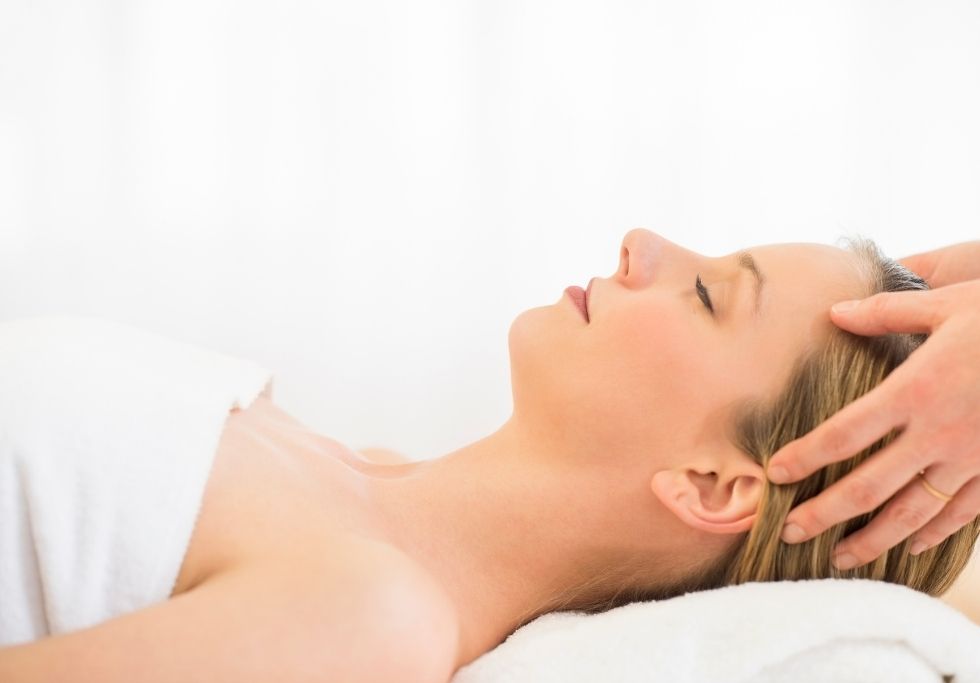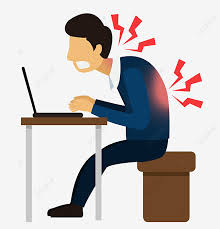
What is Dry Needling and how is it different than Acupuncture!!
Dry needling (also known as intramuscular manual stimulation, or intramuscular needling) is a skilled intervention or technique physical therapists use that uses a thin filiform needle to penetrate the skin and stimulate underlying myofascial trigger points, muscular, and connective tissues for the management of neuro-musculoskeletal pain and movement impairments. Dry needling (DN) is a technique used to treat dysfunctions in skeletal muscle, fascia, and connective tissue, and, diminish persistent peripheral nociceptive input, and reduce or restore impairments of body structure and function leading to improved activity and participation. The technique uses a “dry” needle, one without medication or injection, inserted through the skin into areas of the muscle.
The physiological basis for DN depends upon the targeted tissue and treatment objectives. The treatment of myofascial trigger points has a different physiological basis than treatment of excessive muscle tension, scar tissue, fascia, and connective tissues. A trigger point is a taut band of skeletal muscle located within a larger muscle group. Trigger points (TrP) can be tender to the touch, as well as may cause pain to other parts of the body if touched.
TrPs or Myofascial trigger point (MTrPs), pain is defined as “pain arising from one or more myofascial trigger points which are hyperirritable spots in skeletal muscle that are associated with hypersensitive palpable nodules in taut bands.” that produce local and/or referred pain when stimulated. TrPs are physiological contractures, characterized by decreased oxygen and blood flow to the area, lowering pH levels, having local and referred pain, and altered muscle activation patterns. Stimulation of TrPs activates areas in the brain. Several theories have been noted to why TRPs occur, but the main theory is that too excessive amounts of acetylcholine (Ach) from motor endplates.8,9 The prolonged release of Ach results in chronic shortening and contractures of sarcomeres, coupled with decreased circulation leading to hypoxia and local ischemia. As a result, other chemicals are released, which then sensitize the sensory afferent nerve fibers of the muscle, likely accounting for the point tenderness commonly seen with MTrPs.
Dry Needling can be divided into deep and superficial DN. Deep DN has been shown to inactivate TrPs by eliciting local twitch responses (LTR), which are modulated by the central nervous system. A LTR is a spinal cord reflex that is characterized by an involuntary contraction of the contractured taut band, which can be elicited by a snapping palpation or penetration with a needle. Deep DN of TrPs is associated with reduced local and referred pain, improved range of motion, and decreased TrP irritability both locally and more remotely. Dry Needling normalizes the pH of skeletal muscle and restores the local circulation. Superficial DN is associated with reduced local and referred pain and improved range of motion.
There is some evidence that excessive muscle tension, as seen for example in spasticity, can be alleviated with DN. Scar tissue has been linked to myofascial pain, which means that DN can effect the tension and tightness in that area. DN, especially when rotated can place fibroblasts on high tension at which point the fibroblast changes shape and assumes a lamellar shape, and increases its collagen synthesis and cell proliferation.
Janet Travell (1901‐1997) trigger point model is used by clinicians in hopes of relieving the sensory, motor and autonomic abnormalities that can occur secondary to myofascial trigger points. The trigger point model advocates that inactivation of the MTrPs via dry needling is the fastest and most effective means to reduce pain, as compared to other conventional interventions. While the actual mechanism of dry needling continues to be debated, the localized twitch response commonly evoked with dry needling may interrupt motor end‐plate noise, thus inducing an analgesic effect. This localized twitch response, when coupled with stretching, helps to relax the actin‐myosin bonds restricting the tight bands. Advocates of the trigger point model believe that treatment of the MTrPs should only be one facet of a patients plan of care: stretching, joint mobilizations, neuromuscular reeducation, strengthening, and other related interventions should still be employed.
Dry Needling Vs Acupuncture
To some, trigger point dry needling may appear synonymous with Traditional Chinese Acupuncture (TCA); nonetheless, the two are uniquely different. Acupuncture is based on the theory that the workings of the human body are controlled by a vital force or energy called “Qi” (pronounced “chee”), which circulates between organs along channels called meridians. These meridians are networks of channels inside the body with acupoints (high density sites of polymodal receptors near neurovascular structures and/or lymphatic vessels) on the skin and deeper tissues. Acupuncturist suggests that there are 12 primary meridians, each corresponding to major functions or organs of the body. In theory, these meridian channels provide migratory tracks for mast cells, fibroblasts, and other cells to carry out various physiological functions;38 Qi must flow in the correct strength and quality through each meridian in order to maintain optimal homeostasis. Therefore, if an acupuncturist detects any abnormal flow or quality of Qi about a meridian, he or she would needle the respective acupoint, theoretically normalizing the flow of Qi in the body.38 Acupuncturists utilize this philosophy to treat not only musculoskeletal dysfunction, but also problems with fertility, smoking cessation, allergies, depression, and other non‐musculoskeletal and neuromuscular conditions.
Dry needling is not acupuncture. There are key philosophical differences between acupuncture and DN, noting that many of the locations that a Traditional Chinese Acupuncturist would needle, a practitioner utilizing dry needling would not.
Physical Therapy and Dry Needling
In cases when dry needling is used by physical therapists, it is typically 1 technique that’s part of a larger treatment plan. This means that it is used in conjunction with other manual therapy techniques, exercises, balance training and neuromuscular re-education.
We use dry needling with the goal of releasing or inactivating trigger points to relieve pain or improve range of motion. Research supports that dry needling improves pain control, reduces muscle tension, and normalizes dysfunctions of the motor end plates, the sites at which nerve impulses are transmitted to muscles. This can help speed up the patient’s return to active rehabilitation.
When to receive Dry Needles
When myofascial TrPs are present, which may lead to impairments in body structure, pain, and functional limitations.
restrictions in range of motion due to contractured muscle fibers or taut bands, or other soft tissue restrictions, such as fascial adhesions or scar tissue.
All trigger points are indication for DN. – Trigger points have been identified in numerous diagnoses, such as radiculopathies, joint dysfunction, disk pathology, tendonitis, craniomandibular dysfunction, migraines, tension-type headaches, carpal tunnel syndrome, computer-related disorders, whiplash associated disorders spinal dysfunction, pelvic pain and other urologic syndromes, post-herpetic neuralgia, complex regional pain syndrome, nocturnal cramps, phantom pain, and other relatively uncommon diagnoses such as Barré Liéou syndrome, or neurogenic pruritus, among others.
The treatment of fascia and connective tissues, including scar tissue.
Anointed Hands PT Method
We palpate the tissues for adhesions and movement restrictions. A stainless steel (1 time use) needle is inserted in the skin at the TRPs and area of dysfunction. The needle may be adjusted to elicit a local twitch response or to find the optimal position towards the adhesion or restriction. Rotating the needle facilitates winding and eventually will lead to tissue relaxation. The needle is left in place until tissue relaxation has been achieved, at which point the needle can easily be removed. DN of fascia usually is a superficial DN technique.
After DN we do a reassessment of function to determine if the established outcome has been achieved. The patient is monitored during the procedure for tolerance and for possible reproduction of local or referred pain sensations. It should be made clear to the patient that the treatment would cease at any time upon his or her request or if he or she was clearly not tolerating the procedure. Tolerance to the treatment should be evaluated during every session.
DN is rarely a stand-alone procedure and we use in conjunction with other physical therapy modalities like manual soft tissue mobilization, therapeutic exercise, neuromuscular re-education, cupping, functional retraining and more
Conclusion
Dry Needling differs from acupuncture in that Dry Needles are inserted into muscles to decrease the spasming of muscle. Acupuncture works off of meridians and may not insert needles in the area of pain. Dry needling is used to “prevent, minimize, or eliminate impairments of body functions and structures, activity limitations, and participation restrictions.”

